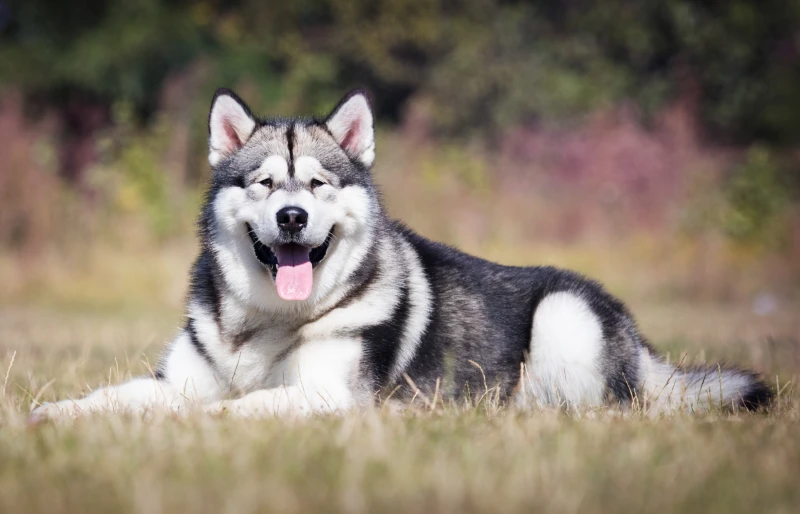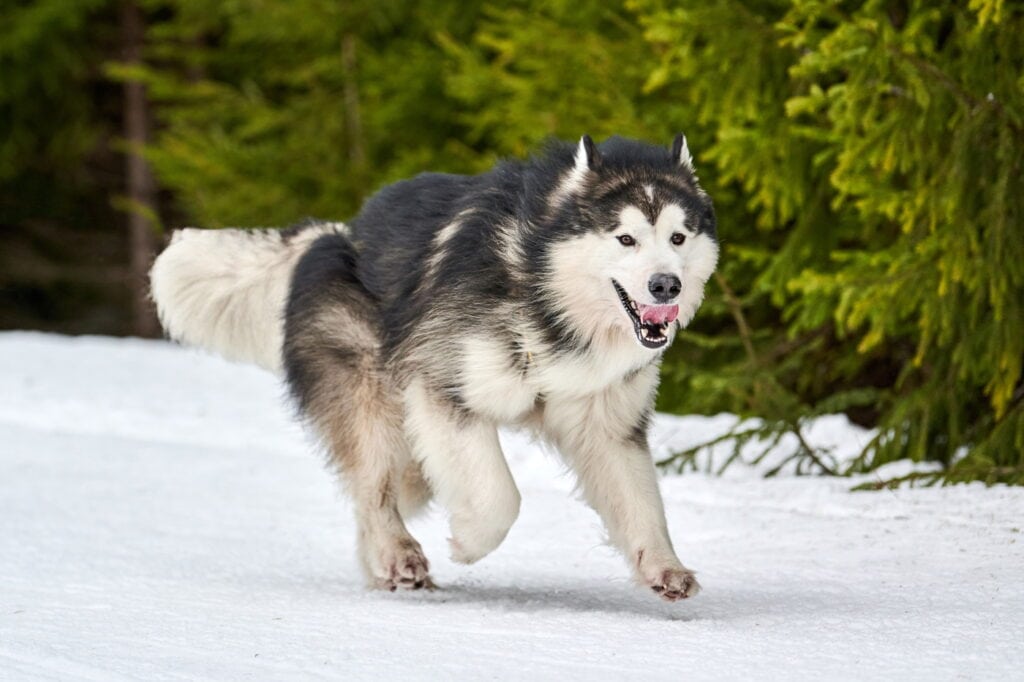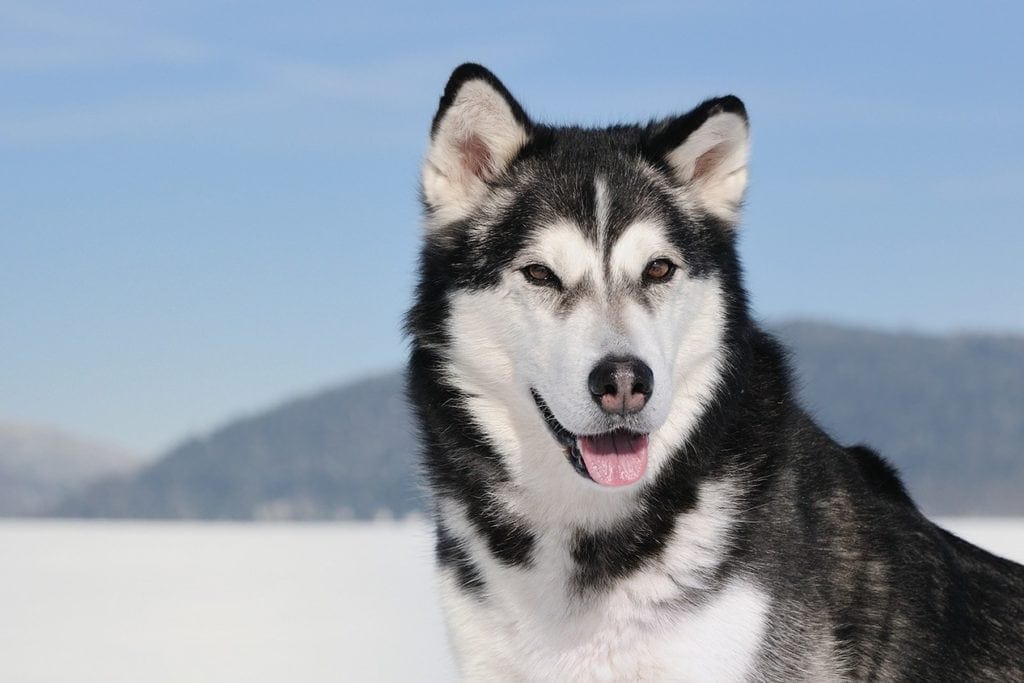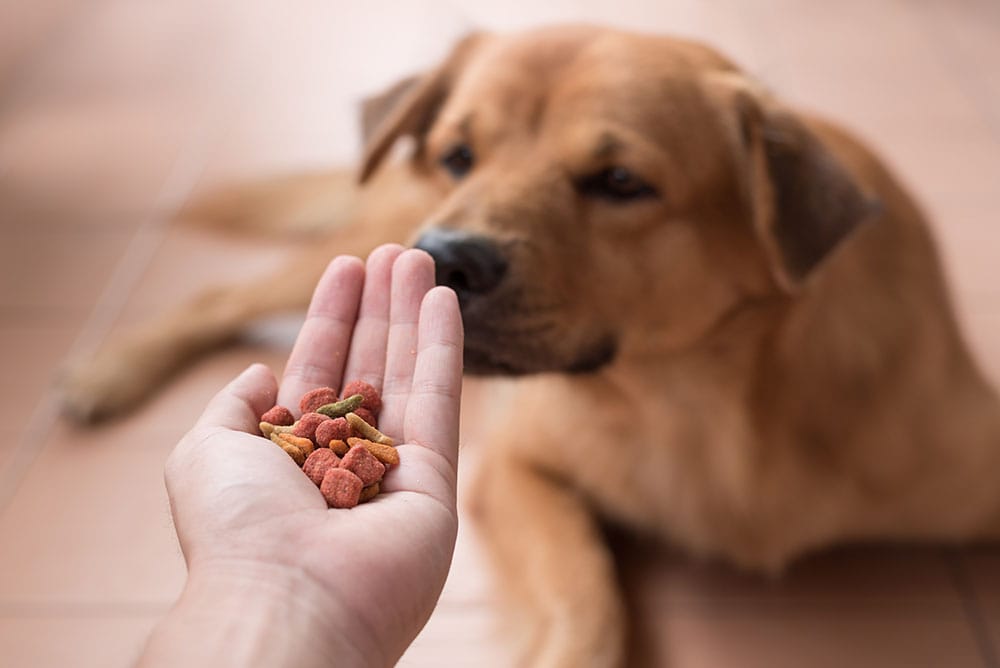Do Alaskan Malamutes Shed A Lot? Important Care Facts

Updated on

The Alaskan Malamute is a long-standing symbol of the rugged North. As an intrepid sled-puller in the continent’s most frigid regions, this hard-working dog has a thick double coat to withstand the elements. While that means you get an extra-cuddly pet in the home, Mals shed a lot of fur, especially when they blow their coat.
The thought of a heavy-shedding dog can make the Mal seem off-limits to allergy sufferers and clean freaks. However, with planning, almost anyone can enjoy the benefits of this affectionate pup while stopping that dense coat from decorating the house. Keep your home clean and your dog happy with this in-depth look at how Alaskan Malamutes shed their coats.
Do Alaskan Malamutes Shed a Lot?
Like many dogs, Alaskan Malamutes shed throughout the year and release small clumps of fur with each brushing session. Because they are a double-coated breed, Mals go through two annual periods of heavy shedding. Malamutes have hormonal responses to changes in the climate and length of day that signal their bodies to start shedding.
When winter subsides and the spring months warm, Malamutes shed their downy undercoat (“blow coat”) alongside some guard hairs. Removing the dense cold-weather coat leaves room for a shorter, lighter summer coat to grow, ensuring the dogs don’t overheat under too much fur.
The spring period of blowing their coat is the more intense of the two and generally lasts about 2–4 weeks. The typical brushing session around this time will yield tons of fur, almost enough to make another dog!
In the fall, Alaskan Malamutes blow their coats again, shedding their summer layer to make room for the thick coats they need during the colder months. Dogs usually only release undercoat fur at this time, dropping it in clumps to prepare for winter.

Wooly Malamutes
Wooly Malamutes, or “woolies,” add an extra layer of difficulty to the breed’s already demanding coat. As products of a recessive gene, wooly coats are thicker, longer, and fleecier than the typical Mal. The wooliness is often most apparent behind the ears in the early years, though some young Malamutes already have more dense coats over their whole bodies.
While wooly Malamutes produce more hair, it doesn’t necessarily create more of a mess. The hair locks into the coat after shedding, keeping it from falling everywhere.
The problem is that the dense collection of fur can mat easily, collect dirt, and weigh on the body. Wooly Mals need more frequent grooming. Bathing and drying can be challenging due to the thick layers, and forgetting to brush daily can have painful consequences for your dog.
Mats, moisture, and debris can bind the hair, making it pull on the skin and cause irritation. Despite the disadvantages of the extra-wooly cover in their natural environment, the genes that cause it are vital to the breed’s standard plush coat.
Factors Affecting How Much Malamutes Shed
There’s no chance of a hypoallergenic Malamute, but the degree of shedding can vary significantly from one dog to the next.
Although larger dogs will have more fluff, body size is only one of many reasons a dog might shed more. Several factors can affect their body’s signaling to release their coat, causing some to shed more in certain situations and others to shed much less:
- Climate. Malamutes blow more of their coat in warmer climates and may do so more than twice annually
- Desexing. Spaying and neutering often reduce the amount of shedding
- Outdoor time. Dogs that have adapted to indoor climates shed more consistently throughout the year
- Gender. Female Malamutes tend to shed more than males
Abnormal hair loss can occur due to illnesses and genetic disorders. Coat problems and hypothyroidism are common health issues among Alaskan Malamutes, which can lead to hair loss. Stress, parasitic infection, allergies, and disease may also lead to unexpected or excessive shedding. Signs of excessive hair loss and accompanying skin irritation or behavioral changes should warrant an immediate follow-up with your vet.

How to Brush Your Malamute to Manage the Fur
That rich Malamute coat can’t tend itself. Although you won’t ever need to take your dog for a haircut, you must brush frequently to clean their bodies, remove loose fur, and distribute the natural oils that lead to a soft, flexible, and healthy coat.
When your Malamute blows their coat, brushing and vacuuming become daily chores. A warm bath will loosen the weak undercoat. Afterward, thoroughly blow drying will expel a substantial amount of hair.
Brushing your Mal with a slicker brush and de-matting comb one to three times weekly will release tangles, mats, and loose fur. During shedding season, a de-shedding and de-matting rake brush will efficiently manage the massive amounts of fur stuck on your dog’s body. Don’t forget to reward your dog handsomely with treats while brushing to make every session relaxed and easy.
Note that you should NEVER shave your Mal. The thick fur protects the dog’s sensitive skin and allows for thermoregulation. Shaving removes that protection, causing discomfort and potential skin damage from sunlight and wind exposure. Hot and cold weather will affect shaved Mals more, potentially upending their exercise routine, and in the worst cases, the hair may never grow back correctly.
How to Reduce Alaskan Malamute Shedding
There’s no magical solution to eliminate a Malamute’s shedding entirely. But it is possible to limit it. As we’ve shown, several details can dictate how much or how little a Malamute sheds. While you can’t control every aspect, there are plenty of easy steps to take to keep your home as fur-free as possible.
Brushing
Nothing can replace frequent brushing to control your dog’s shedding, especially when you want to keep your house clean. If your dog is shedding more than usual, increase your brushing schedule to as much as once daily. Brushing removes damaging dirt and debris while distributing oils and stimulating the skin, nourishing the body and coat to keep hair resilient.

Bathing
Malamutes may seem like they get dirty easily, but you don’t have to bathe them any more than the average dog. One of the many reasons owners love their Mals is their surprisingly low-odor and dirt-resistant coats.
As fastidious self-groomers, Malamutes take care of much of the minor cleaning they need. Bathing three to four times annually is typically sufficient. The crucial aspect is to ensure you thoroughly dry your Mal to prevent hot spots and mold development.
Feeding a Proper Diet
A high-quality, protein-rich diet is one of the best ways to promote a happy, healthy, and strong Malamute. Healthy oils like coconut oil are a practical addition to regular meals, strengthening the hair follicles holding their fur in place and encouraging a beautiful soft coat.
With their food, a reliable supply of fresh water will hydrate the skin and prevent the brittleness and irritation that cause excess hair loss.
Why Do Malamutes Have a Thick Coat?
As the name suggests, the Alaskan Malamute hails from the snowy northern regions of North America. The ancient breed closely connects to the original wolf dogs that initiated their domestication thousands of years ago, explaining their many physical similarities.
The Alaskan Malamute was a crucial aid to the Mahlemut people of Alaska’s Kotzebue Sound. The Inuit valued the dogs for their hardiness and endurance. As a utilitarian breed, Malamutes were mainly sled-pullers. They would take heavy cargo over long distances through demanding terrain. When needed, the adaptable Mals made apt protectors and hunting dogs.
Malamutes have a dense double coat to tolerate their native habitat’s deep snow and temperatures that often plunge below zero. A plush, wooly undercoat consists of 1–2-inch-long fur to provide insulation against the cold. Coarser medium-length guard hairs of varying lengths in the outer coat provide protection and water resistance.

Final Thoughts
Malamutes shed much more than the average dog, but weighing the pros and cons, it’s hard not to consider these lovable pups because of their fur. Even though you may have to brush more often, you’ll save time and money on haircuts and reap the benefits of their naturally clean, odor-free bodies. When you give your Mal the easy care they deserve, there’s nothing left but to enjoy their impossibly soft coat with some quality end-of-day snuggles.
Featured Image Credit: Happy monkey, Shutterstock












